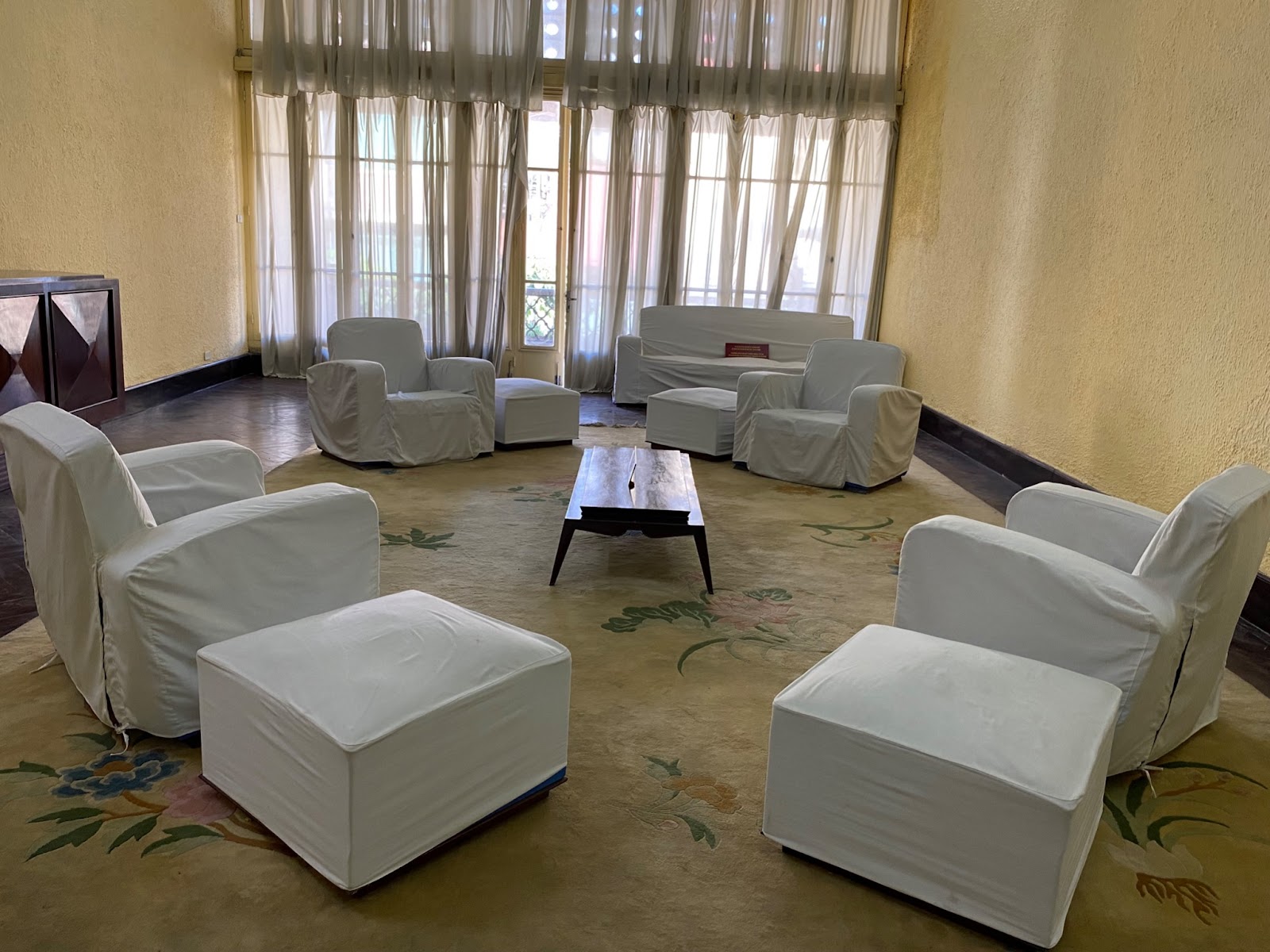After 78 years, the house still preserves the memorabilia that President Ho Chi Minh used during the days he lived and worked here.
On September 2, 1945, President Ho Chi Minh, on behalf of the Provisional Government, read the Declaration of Independence, giving birth to the Democratic Republic of Vietnam, declaring to the world a new Vietnam – an independent Vietnam.
The historic Declaration of Independence was drafted by President Ho Chi Minh on August 28, 1945, on the second floor of a house at No. 48 Hang Ngang street. The house is owned by patriotic bourgeois Trinh Van Bo and his wife Hoang Thi Minh Ho - a famous and wealthy family of silk merchants. This was also the first place President Ho Chi Minh stayed in his first days after returning to Hanoi.
In the early days of the August Revolution of 1945, the house was the workplace of the Party Standing Committee and President Ho Chi Minh. Here, President Ho Chi Minh and the Party Standing Committee decided many important policies on domestic and foreign affairs; on the institutions and composition of the Provisional Government; and about the celebration of the Independence Day.

The room on the second floor is where President Ho Chi Minh and comrades in the Party Central Committee worked from August 25 to September 2, 1945.

This table is where President Ho Chi Minh and comrades in the Party Central Committee approved three contents: the Declaration of Independence, the organization of the National Day ceremony and the composition of the Provisional Government.

In this room, President Ho Chi Minh devoted all his energy, intelligence and spirit to draft the Declaration of Independence, giving birth to the Democratic Republic of Vietnam - the first people's democratic state in Southeast Asia.

The historic table where President Ho Chi Minh drafted the Declaration of Independence.

The historic table where President Ho Chi Minh drafted the Declaration of Independence.

The Declaration of Independence is framed, glass-enclosed, and solemnly hung on the first floor wall of the house.

The khaki clothes President Ho Chi Minh wore during the Declaration of Independence on September 2, 1945, were sewn from fabric from Phuc Loi store (No. 48 Hang Ngang).

The rattan suitcase used by President Ho Chi Minh at the house at 48 Hang Ngang.

The bed where President Ho Chi Minh rested when he lived and worked in the house at No. 48 Hang Ngang street, now preserved byMr. Trinh Van Bo’s family as a priceless exhibit.

President Ho Chi Minh's typewriter desk.

When he worked too late and could not return to the facility in time, comrade Vo Nguyen Giap slept here.

In 1979, the house No. 48 Hang Ngang was ranked a National Historical Relic by the Ministry of Culture and Information (now the Ministry of Culture, Sports and Tourism).